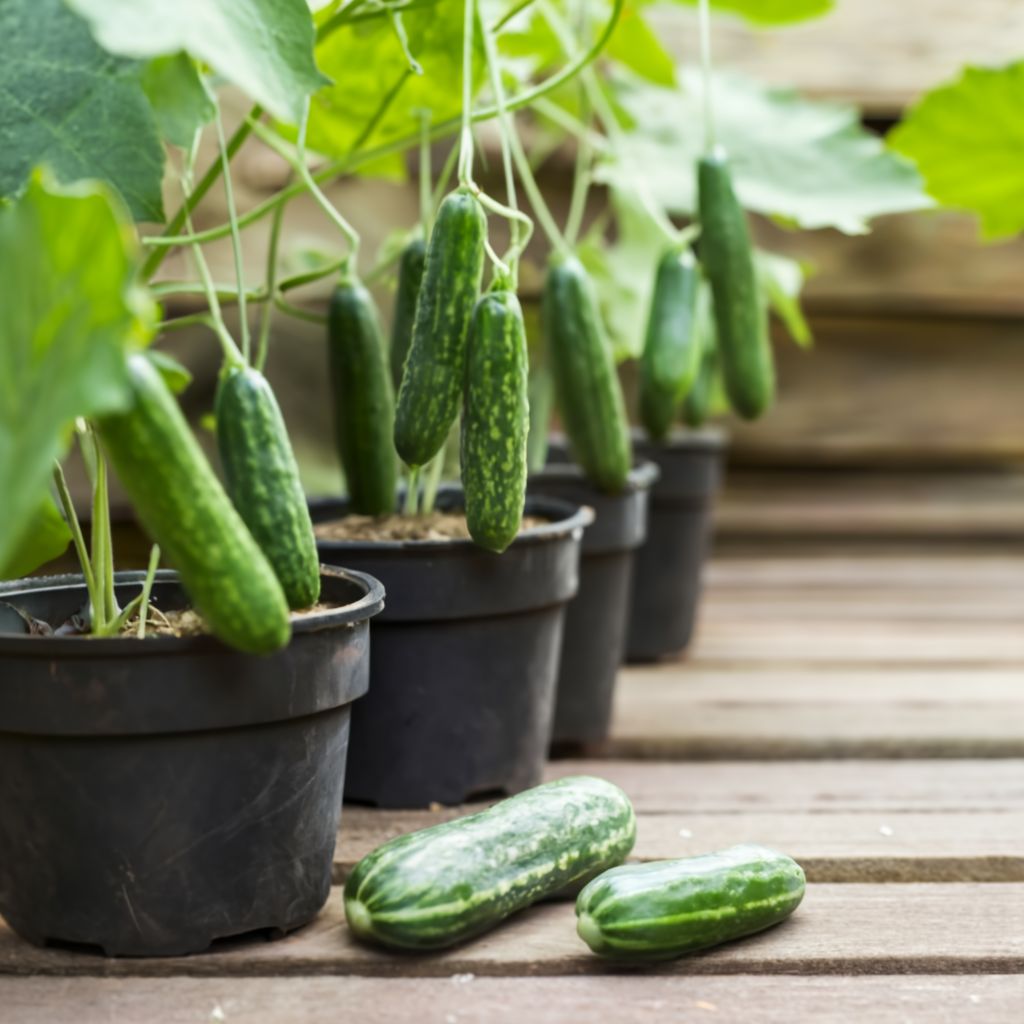
Ever craved the satisfying crunch of a homegrown cucumber, but lacked the outdoor space? With a little planning and some elbow grease, you can cultivate a thriving cucumber jungle right inside your home. Here’s your roadmap to cultivating crispy, delicious cucumbers indoors, transforming your windowsill into a personal oasis of refreshing flavor.
1. Picking the Perfect Partners: Seeds and Location
Seed Selection: Heirloom Hero or Grocery Store Gem?
Your cucumber adventure starts with selecting the right seeds. While grocery store cucumbers may sprout, they often prioritize aesthetics over flavor. Opt for heirloom varieties known for their superior taste, like the delightfully crisp ‘Little Leaf’ or the delightfully sweet ‘Lemon Cucumber’. Look for reputable seed companies online or at local gardening stores.
Location, Location, Location: Sunshine is Your Secret Weapon
Cucumbers are sunbathing enthusiasts! Choose a location in your home that receives at least 6 hours of direct sunlight daily. South-facing windows are ideal, but east or west-facing ones can work with some planning (think strategically placed mirrors to reflect additional sunlight).
2. Gearing Up: Pots, Soil, and Support
Choosing Your Cucumber Condo: Pots with Drainage are Essential
Select pots that are at least 18 inches deep and wide. Cucumbers are thirsty creatures, so larger pots provide ample space for root growth and moisture retention. Look for pots with drainage holes to prevent waterlogging, the archenemy of healthy cucumbers.
The Dirt on Dirt: A Recipe for Success
Fill your pots with a high-quality, well-draining potting mix. Amending your mix with some organic compost adds vital nutrients and improves water retention. Opt for a potting mix with a slightly acidic pH level (around 6.0 to 6.8) – perfect for happy cucumbers.
Trellis Time: Building a Cucumber Climbing Frame
Cucumbers are vining plants that love to climb. To maximize space and encourage healthy growth, create a trellis system. Use a sturdy trellis or stakes, twine, or even a tomato cage. As your cucumber plants mature, gently guide their tendrils to climb the support structure.
3. Planting Power: Sowing the Seeds of Success
Planting Party: Time to Get Your Hands Dirty
Once your supplies are gathered, it’s planting time! Most cucumber varieties benefit from starting indoors about 2-4 weeks before the last frost date in your area. Moisten your potting mix and sow 2-3 seeds per pot, about ½ inch deep. Cover the seeds lightly with soil and keep the surface consistently moist (but not soggy).
Seedling Selection: Choosing the Champion Climber
Once your seeds have sprouted and grown their first set of true leaves (the leaves that appear after the initial cotyledons), it’s time for a little thinning. Gently remove the weaker seedling in each pot, leaving the strongest one to thrive.
4. Sunshine, Water, and TLC: Nurturing Your Indoor Oasis
Sunlight Symphony: Keeping Your Cucumbers Basking
As your cucumber plants grow, ensure they receive their daily dose of sunshine. On particularly sunny days, you might need to rotate your pots to ensure even growth. Supplement with grow lights if natural sunlight is limited.
Watering Wisdom: Finding the Balance
Cucumbers love consistent moisture, but avoid overwatering. Aim for the soil to be slightly moist to the touch, but not soggy. Water deeply when the top inch of soil feels dry.
Feeding Frenzy: A Balanced Diet for Happy Cucumbers
Provide your cucumber plants with a balanced fertilizer every 2-3 weeks during the growing season. Opt for a water-soluble fertilizer specifically formulated for vegetables. Follow the manufacturer’s instructions for dilution and application.
5. Pollination Powerplay: Helping Your Cucumbers Find Love
Most indoor-grown cucumber varieties are parthenocarpic, meaning they don’t require pollination to set fruit. However, some heirloom varieties might benefit from a little helping hand. Gently shake the plants every few days to mimic natural pollination by wind.
6. Pruning Perfection: Encouraging Growth and Yield
Regular pruning encourages bushier cucumber plants and promotes fruit production. Once your plants have reached about 6 inches in height, pinch off the growing tip above the 4th or 5th leaf node. This will stimulate lateral growth, resulting in more branches and eventually, more cucumbers!
7. Pest Patrol: Keeping Unwanted Guests at Bay
Keep an eye out for common cucumber foes like aphids, whiteflies, and powdery mildew. For minor infestations, try an organic solution like neem oil spray. For persistent problems, consult your local gardening store for advice on safe and effective pest control methods.
8. The Big Harvest: Reaping the Rewards of Your Labor
Picking Perfection: When and How to Harvest Your Cucumbers
The wait is over! Your cucumbers are ready to harvest when they reach their mature size, which varies depending on the variety you planted. Most slicing cucumbers are ready when they’re firm, about 6-8 inches long, and have a vibrant green color.
Harvesting Technique: A Gentle Touch is Key
Use sharp pruners or scissors to carefully cut the cucumber stem from the vine, leaving about an inch of stem attached to the plant. Avoid pulling on the fruit, as this can damage the plant.
Continuous Harvest: Encouraging More Growth
Regular harvesting encourages your cucumber plants to produce more fruit. The more you pick, the more they’ll grow!
9. Extending the Season: Keeping Your Indoor Oasis Thriving
Temperature Talk: Keeping Your Cucumbers Comfortable
Cucumbers thrive in warm temperatures, ideally between 65-80°F (18-27°C). Avoid placing your plants near drafty windows or vents.
Deadheading Dilemmas: Removing Spent Flowers
Once your cucumber plants have produced a few fruits, you might notice some yellowing flowers. Don’t hesitate to remove these spent flowers (deadheading) by gently pinching them off at the base. This redirects the plant’s energy towards producing more cucumbers.
10. Beyond the Harvest: Replanting and Renewal
While some cucumber varieties can keep producing for several months indoors, eventually they’ll reach their end. Don’t despair! You can easily replant and start the cycle anew. Simply follow the same steps outlined earlier, and soon you’ll be enjoying another batch of homegrown, crispy cucumbers.
